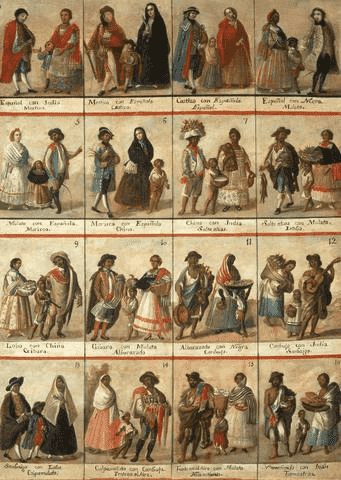Five hundred years ago in Mexico, pigmentocracy was installed. This man has a plan to reverse it
Pigmentocracy, a term coined by Chilean physiologist Alejandro Lipschütz in the mid-twentieth century, defines the way in which the Spanish colonies in the American continent hierarchized the people of the American continent





